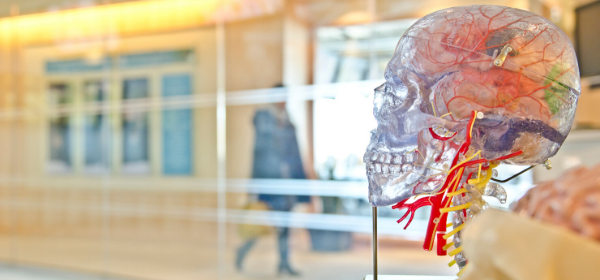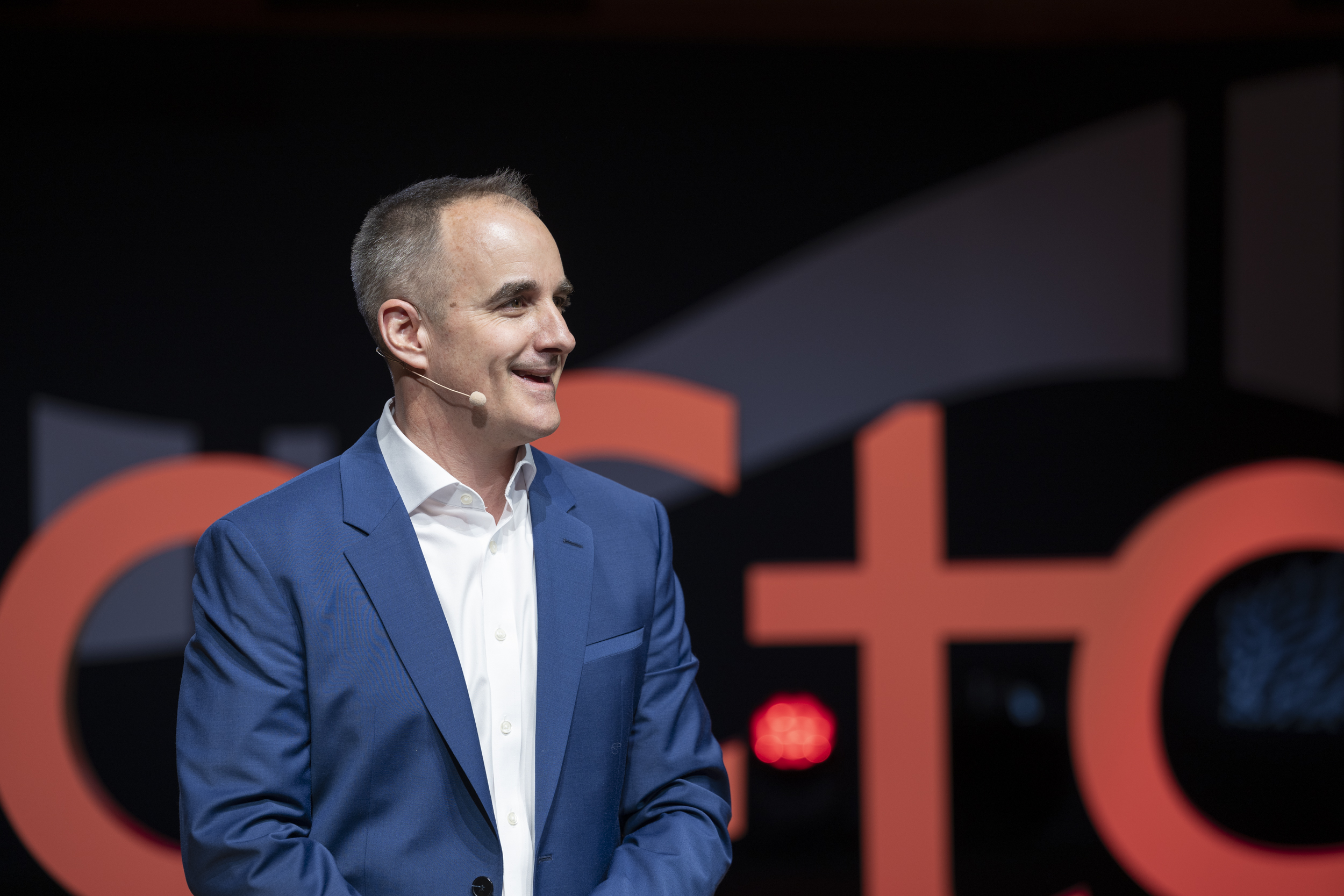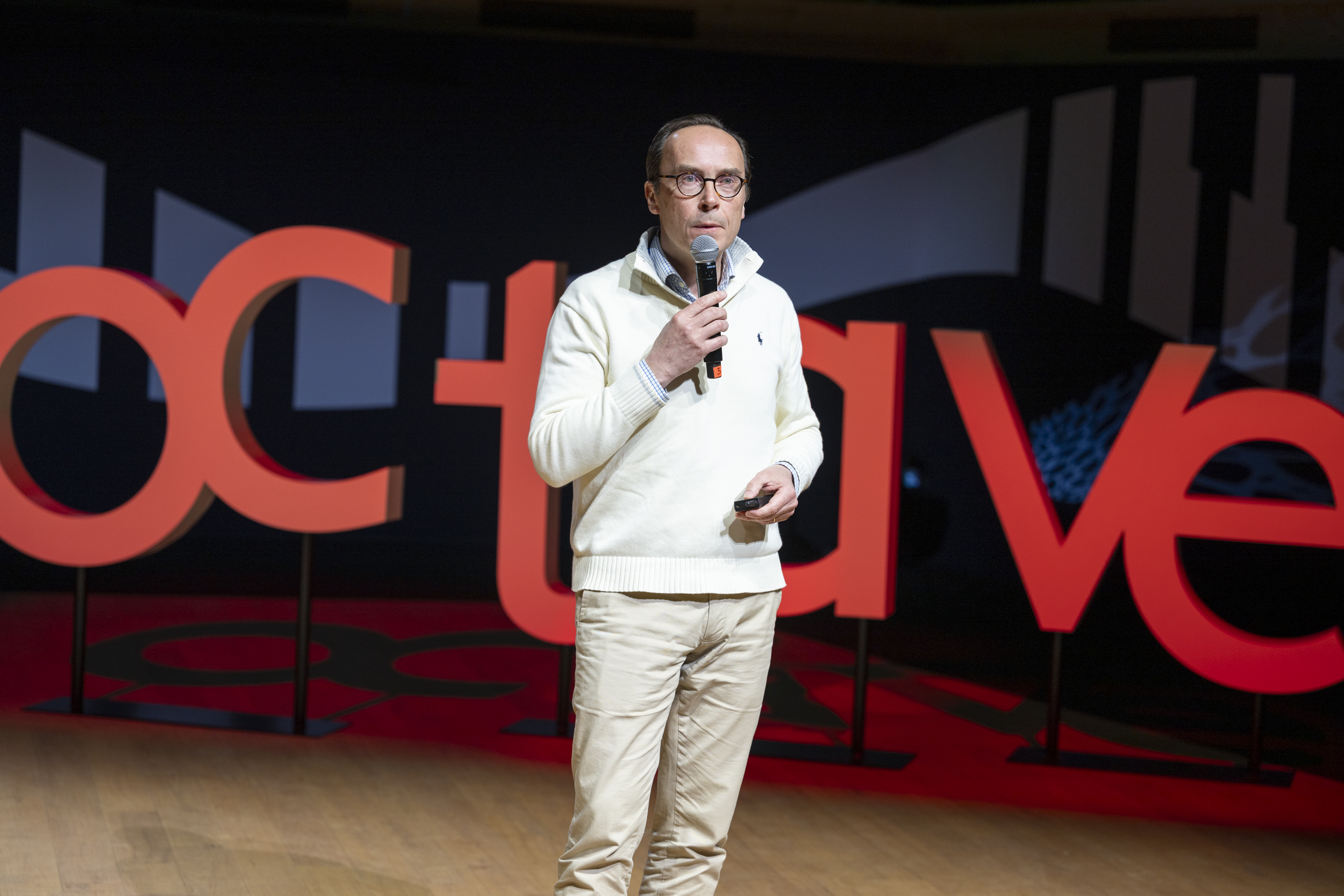What are mirror neurons?
What are mirror neurons?
Sometimes nicknamed “empathy neurons” or “Gandhi neurons”, mirror neurons are understood to be what causes contagious yawning and the perception of non-verbal language. They also provide backup to theories about role models and methods of learning by imitation, and are even considered by some people to be the “biological” origin of civilization!
Because they are regularly quoted in articles about soft skills, the editor of the EVE webmagazine wanted to find out more about these curious nerve cells that were discovered by a team of researchers from the University of Parma less than a quarter of a century ago.
What happens in Zone F5 of the premotor cortex?
In March 1996, Giacommo Rizzolatti, Luciano Faidga, Vittorio Gallese and Leonardo Fogassi published an account of their most recent work in the Cognitive Brain Research review, which made some big waves in the milieu: “Premotor cortex and the recognition of motor actions” During their observations of brain activity in large monkeys, they found that certain neurons in the F5 zone of these animals’ premotor cortexes “discharged” when they performed an action but also when they saw the same action performed by another monkey.
The F5 zone in the monkeys’ premotor cortex was very similar to the “Broca’s area” in humans, part of the brain that was discovered in 1861 and is associated with language processing and other relational functions. According to the four Italian researchers, the hypothesis that humans are also equipped with these extraordinary neurons that come into play during exchanges with others is genuinely plausible. To find out more, they observed what happens in the motor cortex of a group of human subjects when the people watch other humans draw geometric figures in the air. And they observed “excitement” in some neurons, as well as muscle reflexes in the subjects who took part in the experiment. When people watch another person perform a movement, the human brain actually seems to start preparing to reproduce the same movement.
Mirror, mirror, on the wall, how do I solve the biggest mystery of all?
“Natural” empathy?
Researchers talk about “mirror neurons” because when you look at another person, you are seeing yourself. It’s not a huge leap to associating this recently discovered brain activity with the virtue of empathy: and eureka, there you are, it’s quite natural to put yourself in the position of others! Exclaim the most enthusiastic.
But they are perhaps jumping the gun a little, because even though mirror neurons react very effectively to basic vital functions (for example being suddenly thirsty when you see someone sipping on a refreshing drink), their “discharges” do not send out complex signals that decipher emotions, reasoning or the interests of other people. So it takes more than just seeing someone cry to actually make you feel sad. Furthermore, if you feel sad when you see someone cry, it doesn’t mean that you share their sadness: it might also be that you’re projecting your own feelings and emotions onto the situation.
What really causes contagious yawning?
Others have used the idea of mirror neurons to unlock the mystery of contagious yawning. The saying goes that a good yawner will induce yawning in seven others, and a study carried out in 1986 proved that 75% of the population really is prone to this phenomenon when someone else yawns in the same room. But why is that?
For a long time, behavioral mimicry theories were the only ones that tried to explain it: in the same way that a lot of our upbringing involves imitating other people without specific lessons being given, a certain number of attitudes and unconscious behaviors are transmitted through socialization. When a baby sees its mom and dad leaning over her crib in the middle of the night yawning quite openly, she very quickly associates yawning in other people with her own feelings (hunger, well-being from receiving care) and with what her parents express, through either their words or their actions (fatigue, weariness). And then later in life, when someone yawns, she remembers being a baby and wonders if it’s time to eat, time to sleep, or time for an incessant meeting to finally come to an end.
Mirror neurons provide a more direct explanation than unconscious mimicry theories, and during MRI screening, yawning is a movement that systematically triggers “neuronal discharge”.
Neuroscience: where “hard” science and “social” science converge?
Human and social sciences both in search of “evidence”
Unconscious mimicry theories aren’t incompatible with the discovery of mirror neurons. Mirror neurons actually provide “biological” proof for many works on the behavior of socialized individuals. And that proof comes at just the right time: “hard” sciences, sometimes also known as “exact” sciences, are popular at the moment. In our contemporary world, people look for truth in numbers, physics and biology, and believe in the superior exactitude of technology. Despite the fact that disciplines which provide cultural, psychological and sociological insight to observed phenomena show that any scientific practice (soft or hard) has its share of inaccuracies, biases, erroneous hypotheses, and possibly distorted conclusions.
“Hard” and “soft” sciences haven’t yet been able to set their differences aside, but the former have won over the collective belief that mathematical modeling, “biological” reasoning and physical demonstration guarantee rigor, while also providing indisputable answers to the complex questions that we might ask ourselves.
Does the excitement about “mirror neurons” stem from our obsession with the sciences?
We rely on statistics to back up what we say (either in good faith or with a more “guided” approach) about all kinds of subjects, ranging from consumer behavior to the expectations of new generations at work, or issues surrounding inequality, without necessarily specifying what exactly is being measured (and what has been left out) and how it is being measured. In the same way, we are happy to use mirror neurons as a reason for more or less serious conclusions about many sensitive and diverse themes such as sexual orientation and gender differences, crowd phenomena, addictions, obesity, autism, erectile dysfunction, etc. And that’s exactly what the professor of psychiatry at the University of Chicago Jean Decety bemoans: mirror neurons of all kinds are mostly a testament to the power of seduction that basic concepts or the most complex disciplines can have, among which neurobiology is in a good position.
What about value neurons?
Is a naturally good person just an illusion?
Nicknamed “Gandhi neurons” by Dr. Vilayanur S. Ramachandran, the psychophysicist attributes the “origins of civilization” to mirror neurons, considered by many to be flattering and reassuring proof that all human beings (with the notable exception of psychopaths) are able to consider another person as their alter ego. From that point, it’s easy to see that mirror neurons are like a tolerance “gene”, and an integral part of most people’s natural personality.
Hope is on the horizon: there is a little bit of good in everyone, and all you need to do is show generosity to the selfish, kindness to the cruel, benevolence to the ungracious, respect to the rude, and you can bring about a change in their behavior.
This isn’t a million miles from the magical thinking theory put forward by Gregory Hickok, a professor of cognitive science at the University of California, who questions the conditions used in the experiments carried out by Rizzolatti, the person who discovered mirror neurons, as well as the use of mirror neurons in how we interpret various social dynamics.
Empathy is all about learning
But he isn’t the only one looking to curb enthusiasm for mirror neurons: the neurologist Nicolas Danziger, who carries out pain management research, highlights that understanding other people’s suffering, an empathetic impulse if ever there was one, depends not so much on mirror neurons as it does on a multitude of parameters ranging from training for nursing staff to the reliability of assessment systems for manifestations of pain, and includes working conditions. Experiments carried out on people who do not experience physical pain themselves but testify to an excellent understanding of the pain endured by patients confirm that empathy owes infinitely more to skills development than biology!
The biological essence of virtue?
It is even more concerning when biological reason is combined with human skills and values: the risk of essentialism. For example, we already know that by attributing the origins of attachment to oxytocin, a hormone that women secrete more than men, especially during maternal functions (childbirth, breastfeeding), there is a slippery slope to post-rationalizing all kinds of gender stereotypes, and in doing so, missing out on the multitude of factors involved in building and developing a relationship.
Another disturbing example is the case of the MAOA-CDH13 genes, which were quickly brought under the umbrella term “violence genes” after the publication of a series of studies that indicated the recurrence of these heredity elements in the genome of violent criminals. Comments supporting eugenics that recall some of history’s darkest hours are found in some political views on preventing delinquency by using genetic testing from childhood. Surely a little precaution should be taken when biology is used to predict favorable dispositions?
…whether it relates to the worst behavior or the most commendable.
Article written by Marie Donzel. Translated from French by Ruth Simpson.
Share this Post








